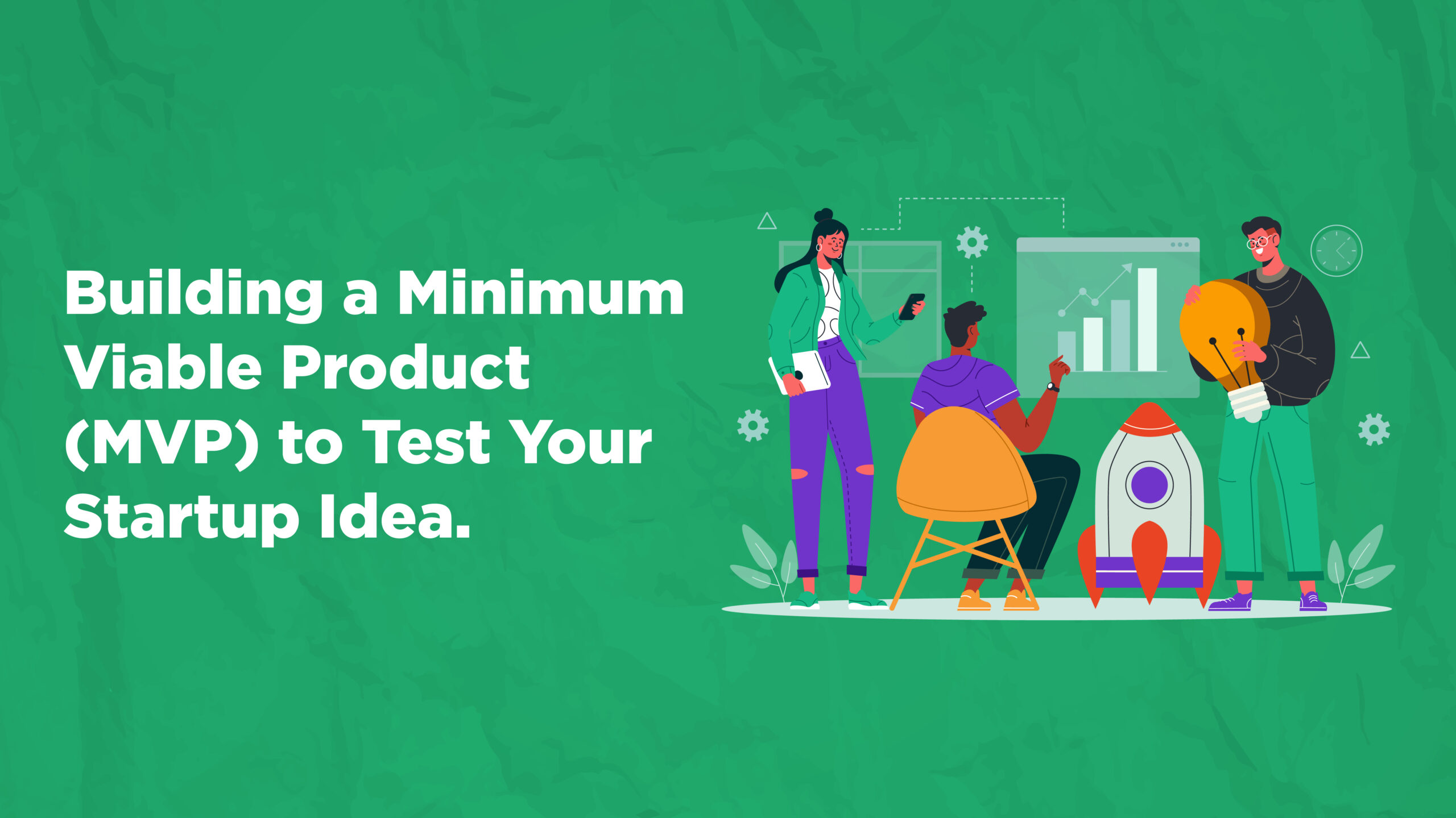How to Earn Money as a side hustle in college in 2023
College is a whirlwind! Between textbooks, rent, and late-night cravings, finances can feel tight. But fear not, Friends! Here’s your guide to building a brighter financial future through side hustles, which are a way to earn money in your free time. Become a Knowledge Powerhouse: Tutoring: Don’t let your skills gather dust! Tutoring classmates online or in person allows you to share expertise while earning. National Tutoring Association suggests rates between Rs 500 and 1500 per hour depending on your subject and experience. Freelance Writing: Businesses crave talented writers for websites, blogs, and articles. If you have a knack for crafting compelling content, this could be your golden ticket. Steps to Becoming a Freelance Writer to Earn Money: Build a Portfolio: Start with free writing samples on relevant topics to showcase your skills. Target Your Niche: Identify your writing strengths (business, tech, lifestyle?). Join Freelancing Platforms: Upwork, Fiverr, and Freelancer.com connect you with clients. Become the Digital Frontier: Freelancing Platforms: These bustling marketplaces overflow with projects for your digital skillset. Upwork (gigs for all skillsets) Fiverr (focuses on micro-tasks and gigs under $500) Freelancer.com (project-based work) Become a Web Developer: Did you know the Bureau of Labor Statistics projects a 13% growth in web development jobs by 2030 (much faster than average)? Sharpen your skills and build a freelance profile while in college. The Content Creator Kingdom: Blogging & YouTube: Share your knowledge or passion through a blog or YouTube channel. As your audience grows, so does your earning potential via advertising or affiliate marketing (earning commission for promoting products viewers buy through your links). Steps to Building a YouTube Channel to Earn Money: Choose a Niche: What are you passionate about? Cooking, gaming, or DIY projects? Focus on a specific area. Invest in Quality: Use good lighting, audio, and editing software for a professional look (many free options are available). Content is King: Create engaging videos with valuable information or entertainment. Promote & Engage: Share your videos on social media and interact with your audience in the comments section. The Gig Economy Beckons: Food Delivery Apps: Apps like DoorDash and UberEats offer the freedom to work when it suits you. ZipRecruiter reports average delivery drivers pay around Rs 100 to Rs 1500 per Delivery. Remember: Find Your Fit: Choose a side hustle that aligns with your interests and skills. Don’t be afraid to experiment! Be Your Own PR Agent: Spread the word through social media, flyers on campus, or reach out to local businesses. Master Time Management: Juggling studies and a side hustle requires organization. Create a schedule and stick to it. Invest in Yourself: Take online courses or workshops to hone your skills, making you an even more attractive proposition to clients. Building a brighter financial future starts now. Earning extra cash isn’t just about immediate relief, it’s about developing valuable skills: Time Management: Juggling studies and a side hustle makes you a master scheduler. Communication: Effective communication is key to success in any field, and freelancing hones these skills. Self-Marketing: Whether creating a killer portfolio or promoting your YouTube channel, you learn to sell yourself – a valuable asset in any career path. So go forth, and empower yourself! Chase those dreams with the confidence of a financially savvy student! Read More Blog Here ➜ Explore Our Program ➜





